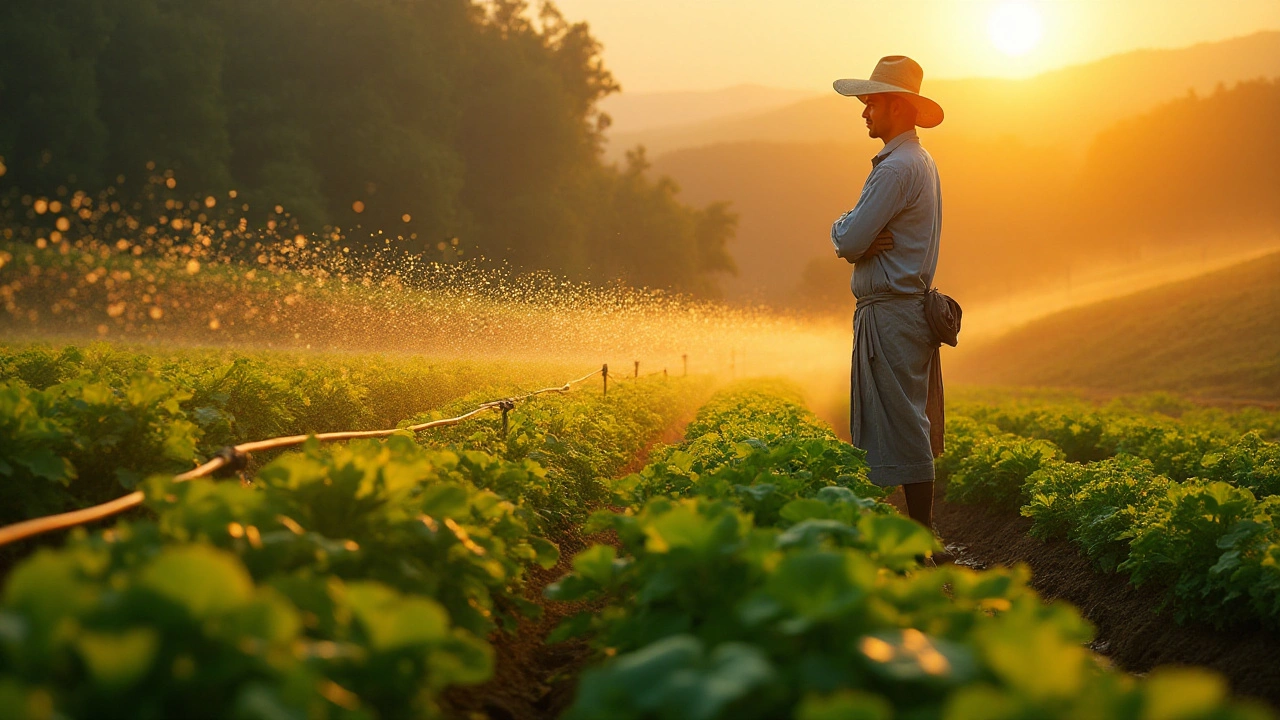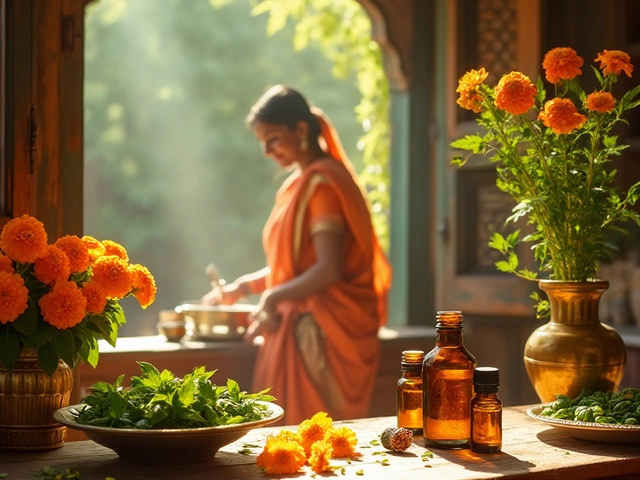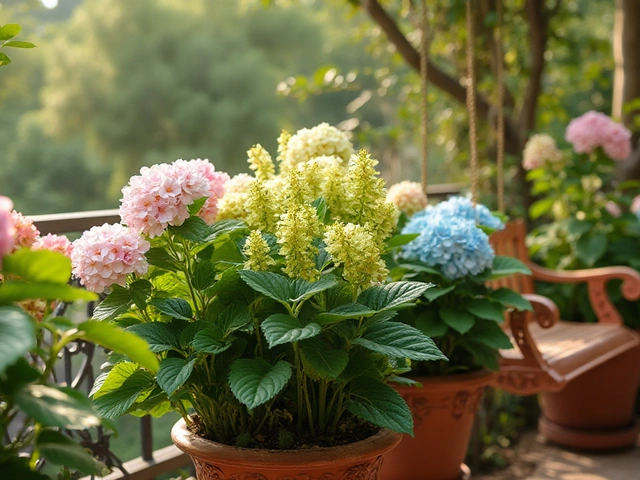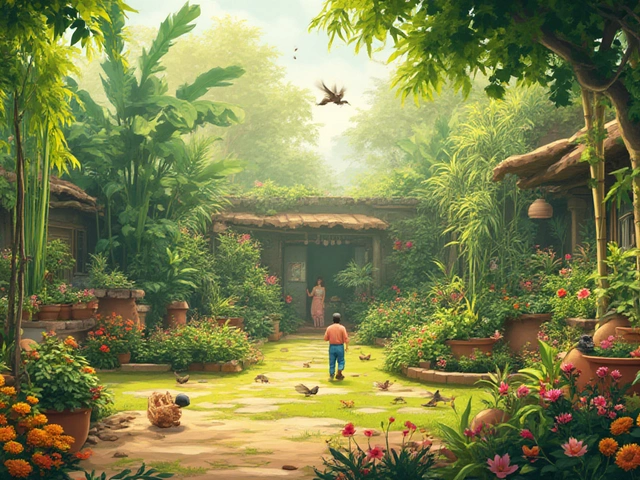Watering Efficiency: Simple Ways to Save Water and Grow Better Gardens
Ever wonder why your garden feels thirsty even after a good soak? Most of the time it’s not the plants – it’s the way we water them. Getting the water to the roots without waste is the secret to a vibrant garden and a lower water bill. Below are the everyday tricks that actually work.
Why Watering Efficiency Matters
India’s climate can swing from heavy monsoon to scorching summer in weeks. Over‑watering not only burns your wallet but also leaches nutrients from the soil, making plants weaker. On the flip side, under‑watering stresses roots and reduces yields. Finding the sweet spot saves water, keeps soil healthy, and lets you enjoy bigger harvests.
Top Techniques for Efficient Watering
1. Choose the right drip system. Drip irrigation delivers water directly to the root zone, cutting evaporation by up to 70%. If you’re installing fresh lines, aim for a burial depth of 2‑4 inches – deep enough to protect tubing from sunlight but shallow enough for easy access. The guide on "How Deep Should Drip Irrigation Lines Be Buried?" walks you through exact steps.
2. Pick drip tape or drip line wisely. Drip tape lies flat on the soil surface, ideal for row crops and raised beds. Drip line has thicker tubing and works well for trees and shrubs. Compare the two in the "Drip Tape vs Drip Line" guide to see which matches your garden layout.
3. Time your watering. Early morning is best – cool air reduces evaporation, and plants can dry before disease‑friendly night moisture builds up. If you use tap water, let it sit for a few hours to let chlorine evaporate; this simple step improves root uptake.
4. Mulch like a pro. A layer of straw, compost, or dry leaves holds soil moisture, shrinks weed competition, and adds organic matter. You’ll find yourself watering less often when the soil stays cool and damp.
5. Use a soil moisture check. Stick your finger 2‑3 inches into the soil. If it feels dry, it’s time to water; if it’s still moist, skip a day. Many gardeners also use cheap tension probes for more precise readings.
6. Upgrade to smart controls. Simple rain sensors can shut off irrigation when a storm hits. Automated timers let you set exact run times, avoiding the guesswork that leads to over‑watering.
7. Adjust for plant type. Houseplants, veggies, and shrubs have different water needs. Leafy greens often need a steady trickle, while fruit trees prefer deep, infrequent watering to push roots deeper.
Putting these habits together creates a water‑wise garden that thrives year after year. If you’re just starting out, pick one or two changes – maybe install a drip line in your vegetable bed and add a mulch blanket. Watch the difference in plant vigor and your water meter.
Remember, efficient watering isn’t about fancy gadgets; it’s about giving plants exactly what they need, when they need it. A little planning now saves gallons later, and your garden will thank you with fuller blooms and richer harvests.

Mastering the 30/30 Rule for Efficient Drip Irrigation
The 30/30 rule for drip irrigation is a practical guideline designed to enhance water efficiency in gardening and agriculture. It suggests applying water to your plants for 30 minutes, followed by a resting period of another 30 minutes, allowing the soil to absorb and distribute moisture effectively. This method helps prevent water wastage and encourages deeper root growth, making it a sustainable choice for managing water resources. By understanding and implementing this rule, gardeners and farmers can achieve healthier plants and more efficient water usage.
About
Gardening
Latest Posts


Avoiding Mistakes: Where Not to Plant Hydrangeas on Your Balcony
By Alden Thorne Nov 29, 2024

Best Garden Tools: Who Makes the Highest Quality Hand Tools?
By Alden Thorne Jun 12, 2025

Victorian Terrace House: Key Features, Layout, and How to Spot One
By Alden Thorne Sep 9, 2025
